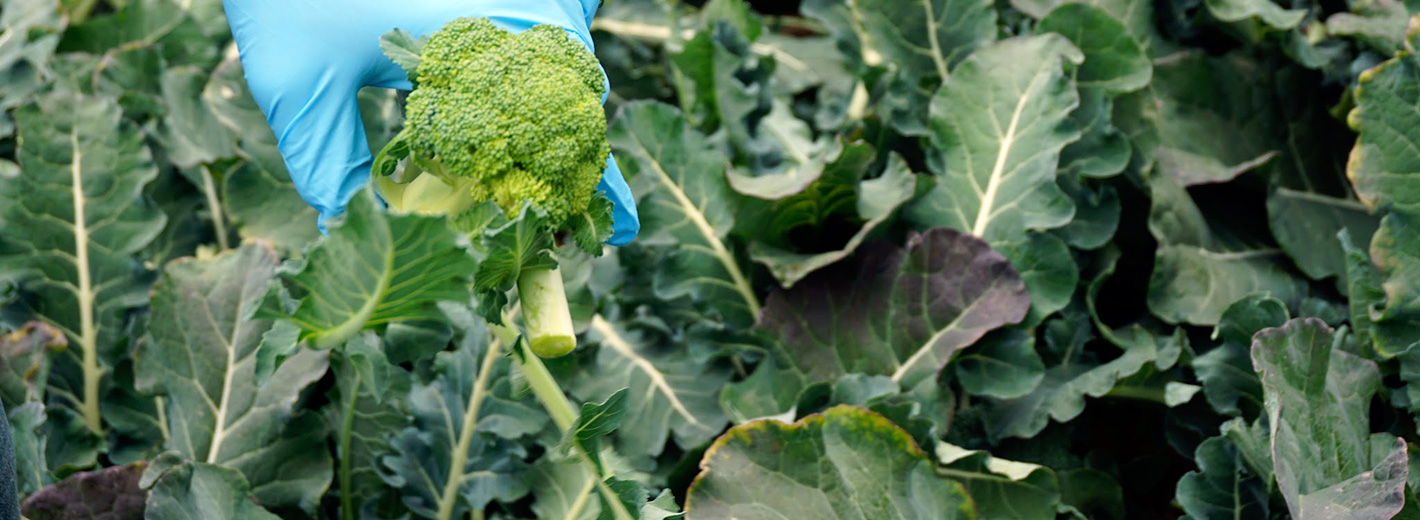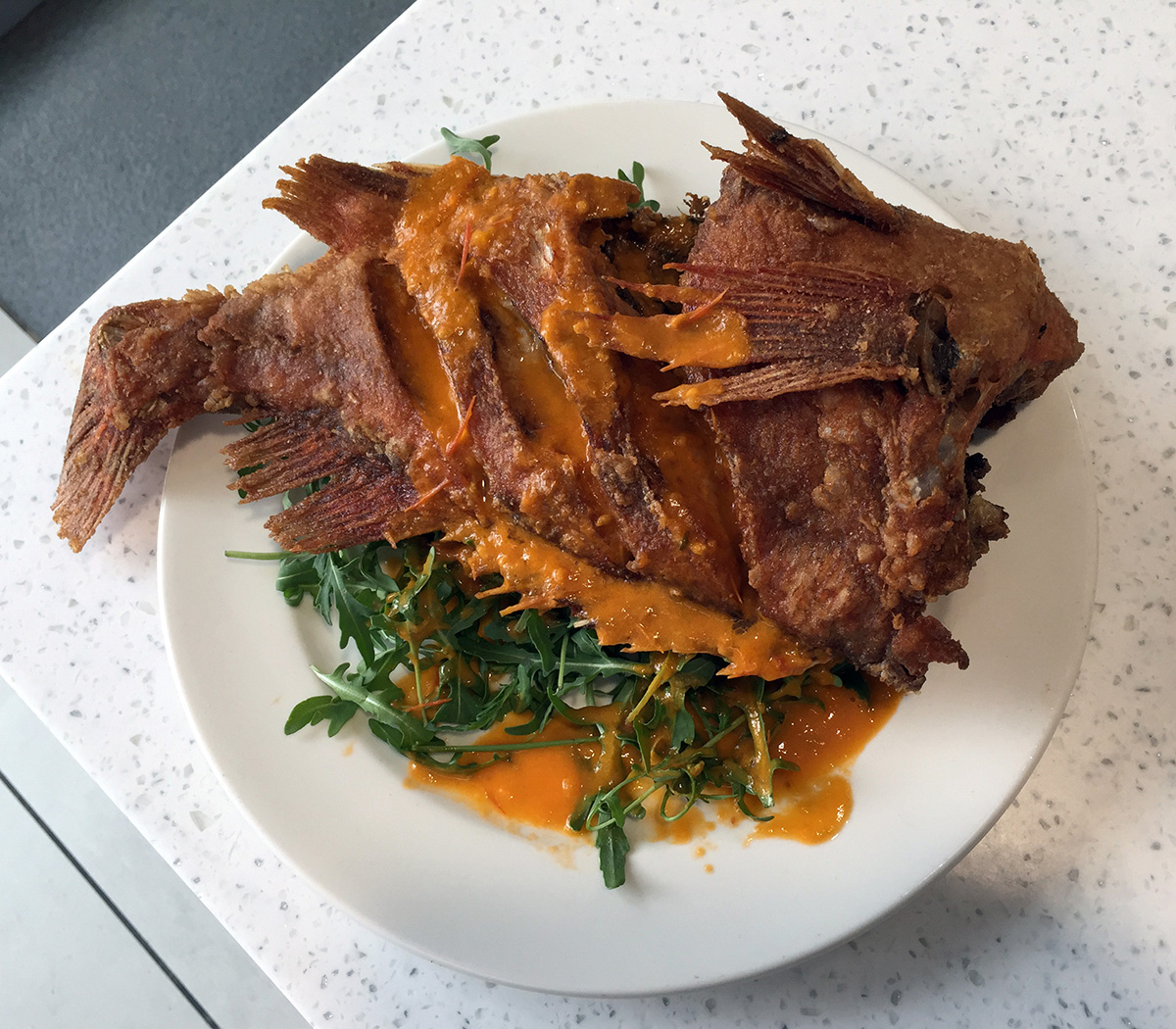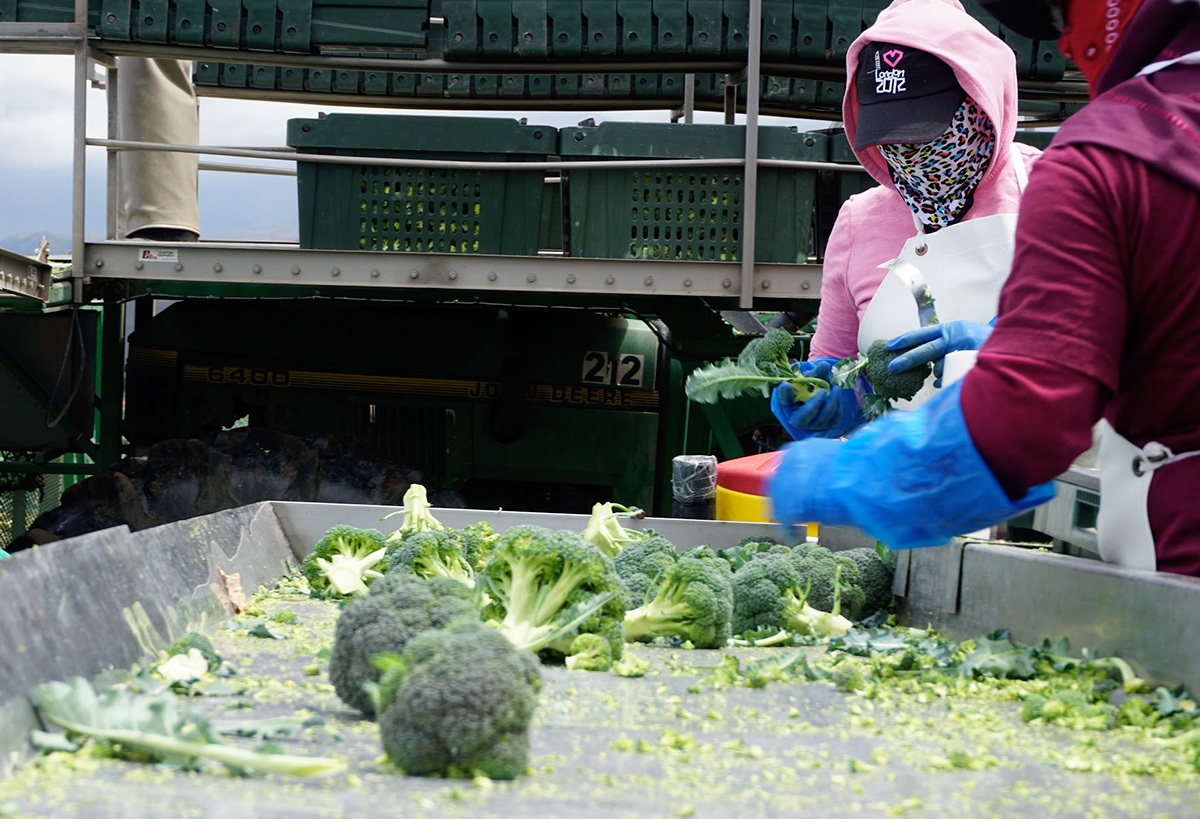
From Fish Heads to Broccoli Leaves: 5 Sustainable Food Trends for 2016
Americans are hungry for the next big food trend, whether it’s Cronuts or piecaken. I’ve worked for Bon Appétit for more than two decades now, traveling this country (and three others in 2015), meeting with our chefs and café managers as well as vendors and nonprofit partners, and eating lots of interesting things. But I enjoy reading the listicles that predict what’s in or out for the upcoming year as much as the next clickbait consumer.
So, here’s my big-picture take on what’s cooking (I had to!) for 2016.
Fighting food waste has hit the mainstream. (I’m proud to say that Bon Appétit has long led the way on that one!) The message is out that “ugly” is in the eye of the beholder when it comes to vegetables — cosmetically challenged to one person is Imperfectly Delicious to others like us. The real sign that something has gone mainstream — and isn’t trendy enough for a what’s hot list anymore — is that the federal government is getting involved: Congress has proposed a bill to make it easier for food operations to get edible food to nonprofit hunger organizations and set liability fears to rest.
But before you consign this trend to the compost bin, wait: There’s a lot more on the horizon left to do!
- Food waste goes fishing: Nearly half of the edible U.S. seafood supply is wasted each year, new research from the Johns Hopkins Center for a Livable Future (CLF). It happens at all stages of the supply chain. To start, hordes of fish, caught by accident when fishing for more popular species, are tossed overboard dead or dying. This year, I expect to see more mainstream chefs embracing what our chefs already know: “trash fish” species like amberjack are delicious. But almost half of the waste comes from consumers, says the CLF. Partly that’s because people are nervous about cooking fish in general and paranoid about spoilage specifically. They throw out any seafood they even suspect has gone bad. In response, the CLF recommends that processors consider smaller-portion packages, and that the industry work on developing smart sensors on packaging that could reassure consumers about expiration dates. We can do our part by featuring seafood in the many cooking classes our teams hold. Getting people comfortable with cooking seafood can go a long way toward reducing waste. Which brings me to…
-

A whole fried fish served at Samsung for the Eat Local Challenge by our Executive Chef Nicolai Tuban
Nose-to-Tail, Stem-to-Root, Tail-to-Scales Cooking 2.0: Whole-animal eating is so 2013. Zagat recently published a list of the 11 best places to get a whole roasted animal…in Boston alone! In Portland, OR, the Bone Broth Bar celebrates the full utilization of animal parts, and I bet you’ve all got one like it in your city or a city near you. Bon Appétiters already make stock from all our leftover bones, carrot tops, onion peels, celery leaves, and parsley stems, but it’s time to kick it up a level for seafood. I predict that this year, food-waste-fighting generals like Dan Barber will be inspiring some of you to make fish-head soup, deep-fried fins, and sauces thickened with fish eyeballs the hot new menu items. On the plant side of things, I also think we’re going to see more and more innovative companies such as Coffee Flour, which turns coffee pulp waste into a protein-rich, gluten-free flour our chefs use for cookies at Google), and WholeVine Products, which does the same with grape seeds and skins left over from the winemaking process.
Changing gears a little, there’s a reason “climatarian” is one of the top food words of 2015: a trend can’t go mainstream until there’s a catchy name for it. (I learned my lesson by turning up my nose at “locavore” in the mid-2000s.) We’ve been preaching the Low Carbon Lifestyle for a while, but I’m finally starting to see it catch on not just in the university dining halls and corporate cafés that we serve but also in quick-service food retailers. Climatarians are like flexitarians on steroids — if I can combine my made-up words like Tofurkey crossed with turducken (would that be tofu inside of tofu inside of tofu?). They believe in fighting food waste, prefer to eat seasonally and locally, and eschew beef for less carbon-intensive meats such as chicken and pork. They also frequently skip animal proteins altogether, but they’re not militant about it. And although they might eat at a Pestaurant for fun, I don’t think they’re quite ready to make insect proteins a dietary staple … although cricket flour could go down more easily.
- Vegetables get more time in the sun: I’m predicting 2016 will be the year of “vegetables where the meat used to be.” We’re going to see more in the vein of José Andrés Beefsteak burgers (the tomato variety — coming soon to University of Pennsylvania, in partnership with Bon Appétit) and Amy’s Drive-Thru — the same “Amy” as “Amy’s Organics” — whose first location serving vegan/vegetarian (and gluten-free) fast food appears to be a huge hit in the Bay Area, with more planned. Personally I can’t wait for LocoL, the new venture between chefs Roy Choi and Daniel Patterson, that I think will do for vegetables what Timbaland did for Timberlands.
- Plant-based proteins pick up marketplace power: Who would have guessed that an eggless mayo spread could dominate headlines for weeks and line shelves from Whole Foods to Walmart and the Dollar Tree within two years of launching? But our partner Hampton Creek has done just that with Just Mayo. Its ever-growing line of spreads, cookie dough, salad dressings, and pancake mixes is on its way to replacing enormous quantities of industrial eggs with proteins and binding agents derived from yellow peas, sorghum, and other plants. Meanwhile, the extremely well-funded Impossible Foods and Beyond Meat are making high-tech beef and chicken replacements that — like Hampton Creek — are aimed not just at vegans, but also at plain ol’ omnivores looking for a truly “meaty” dining experience without continuing to eat the Earth into oblivion. I think we’ll overcome the yuck factor of meat-like substances produced in a lab and see mainstream consumers start to embrace these products this year. “Start,” I said. I’m not predicting the death of the cattle industry in 2016, but they’re going to be hoofing an ever-tougher road.
-

Farmworkers trim perfectly edible leaves from broccoli routinely as part of processing — we’re rescuing them them through our Imperfectly Delicious Produce program. Photo by Claire Cummings/BAMCO
The quest for the “new kale” quickens: We’ve all hailed kale. When I’m on the road and looking for a quick, healthy meal, my favorite trick is go to Sweet Green and have them combine lime juice and Sriracha for a low-cal salad dressing that helps soften raw kale, but even I’m starting to look for new greens to play with. So are our chefs. We’re adding one to our Imperfectly Delicious Produce array that has the added bonus of fighting food waste: broccoli leaves! How many times have you de-leafed a head of broccoli? Turns out, the leaves are not only edible, but they’re also full of nutritional value, and using them keeps them out of landfills, to boot. So toss them in soups or blanch them for salads.
And did you know that quinoa plants have deliciously edible leaves, too? Adobe – San Francisco Executive Chef Daniel Williams has been experimenting with them. They’re delicate and a bit spicy and nutty, kind of like arugula. Lewis & Clark Executive Chef Scott Clagett says Portland, OR, farmers are beginning to include them in their salad green mixes, and that means it’s just a matter of time before you start seeing quinoa leaves on the trendiest restaurant menus and from there, Whole Foods.
OK, so broccoli leaves can’t exactly rival piecaken as clickbait, but I bet they align better with our guests’ New Year’s resolutions!